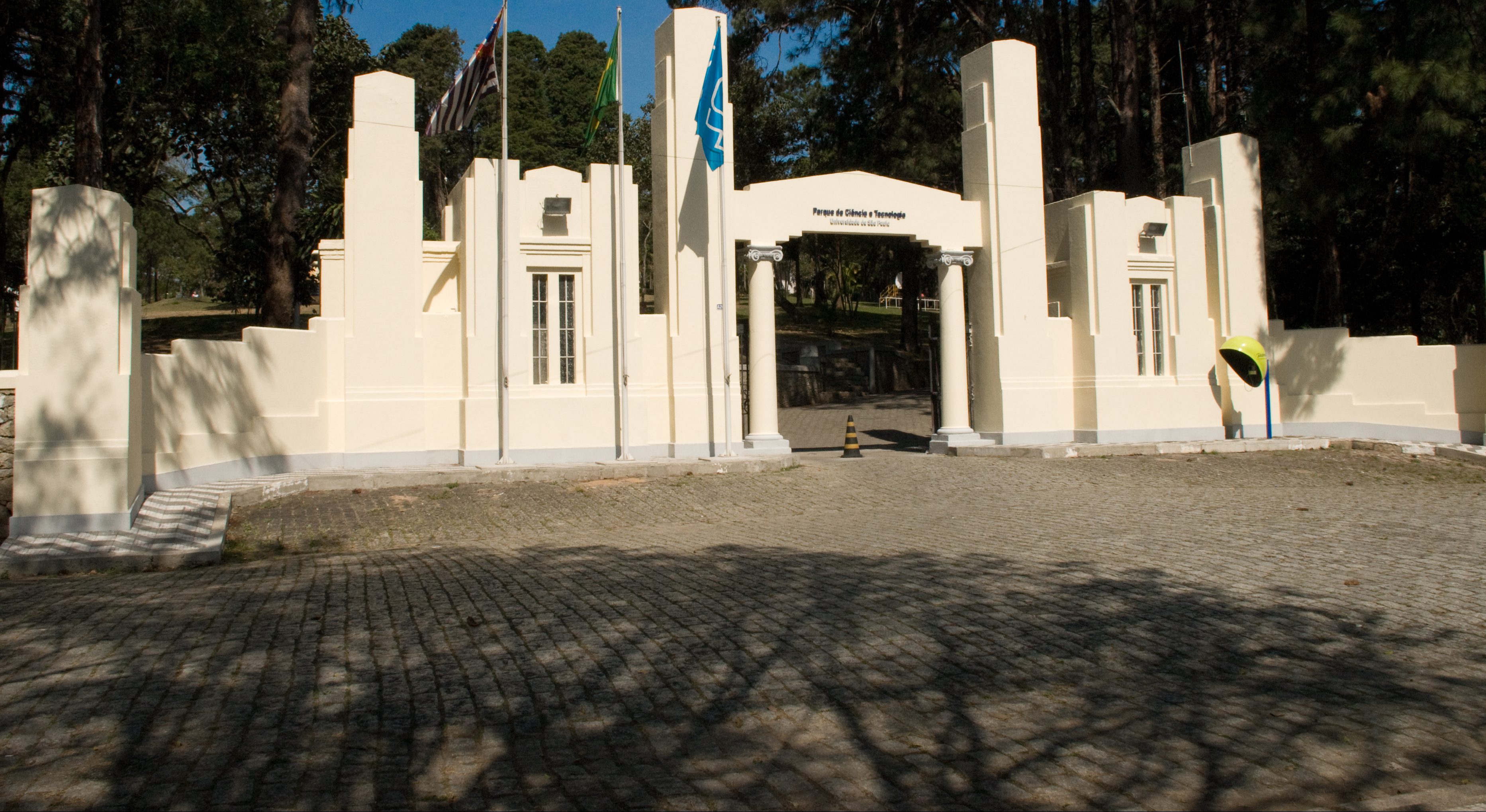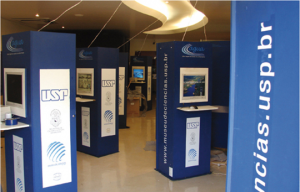The USP Science Museum is momentarily reformulating its project and objectives.
The University of São Paulo has a remarkable array of collections and archives that represent the various fields of knowledge. To create a new channel that values and disseminates the University’s cultural and scientific heritage, the PRCEU established the Museu de Ciências da USP in 2002, which has the purpose of articulating and revealing its wealth to the community.
The Museu de Ciências, while fulfilling its goals, takes on successful projects, organized in three focal points:
Exposições itinerantes (Travelling exhibitions)
The exhibitions “Água: uma viagem no mundo do conhecimento” (Water: a journey into the world of knowledge) and “Cabeça Dinosaurs: o novo titã brasileiro” (Dinosaur head: the new Brazilian titan) stand out among these actions. Receiving thousands of visitors, these initiatives are successful models of expository actions. Also, they allow the establishment of partnership and management models at the university.
Constituição e publicização de acervos virtuais (Virtual collections)
In these actions, the most representative products are the portal Memória USP and the Acervo digital USP. Memória USP is a project that presents information about people, places, and facts related to the institutional memory of the USP units. The information, displayed via an interactive interface, articulates time and space to locate people, events, and places. The project, integrated into the Digital Collection, provides a database for indexing and sharing information. In addition to specific actions, these projects can be expanded and used as templates to create new collections and interfaces.
Exposições virtuais (Virtual exhibitions)
Recently, the Museu de Ciência has expanded its range of actions and opened its first virtual exhibition, the project “12 Profetas de Aleijadinho”. Besides the virtual exhibition, this initiative resulted in an interdisciplinary collaboration model with experts from the areas of the history of art, art education, and computer science. In the project, the digitalized sculptures of the prophets are exposed and presented as interactive three-dimensional objects, which are articulated with textual information about the artwork. It helps with the attribution of meanings to virtual objects, enabling new aesthetic and expository experiences. The exhibition has motivated a workshop on virtual exhibitions held in 2014.
The Museum’s actions are conceived and orchestrated with the contribution of members from its Advisory Board, formed by representatives from 50 units and organs.






